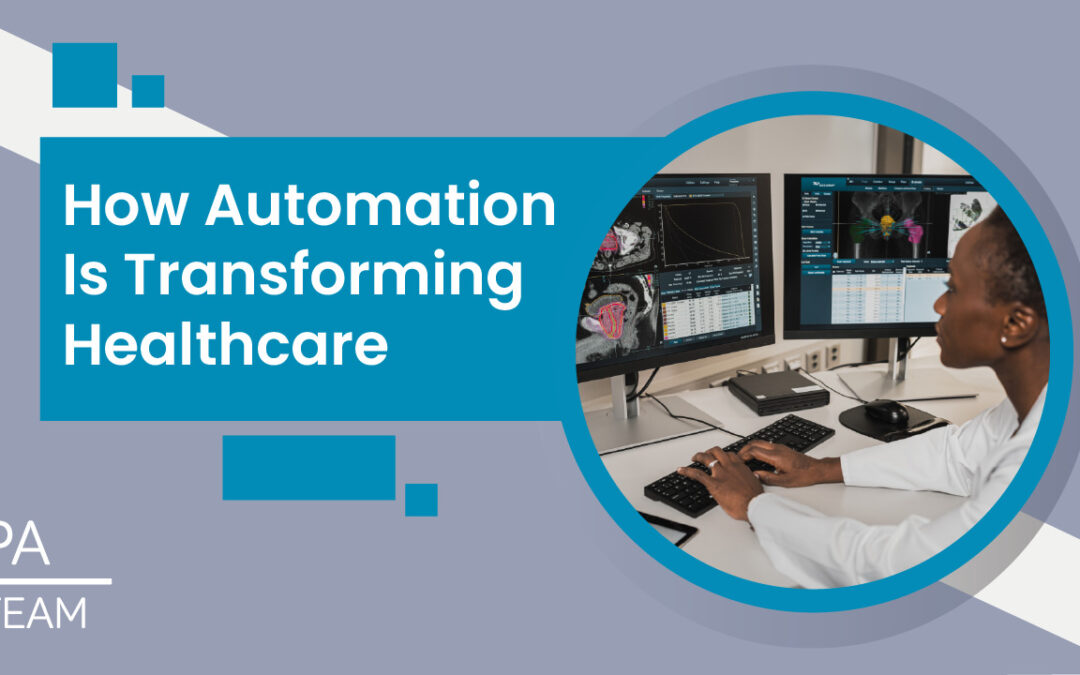
Understanding Citizen Development
The hype around citizen development is very real. Many organizations are ready to explore citizen automation and development platforms, but forgetting the hype, what can it actually offer businesses in the real world and how can they put it in place?
The definition of citizen development
Citizen development (CD) is a new trend in software engineering that provides employees with low-code and no-code platforms so that even those without coding experience can create powerful applications using pre-built modules and components. By democratizing technology, you empower individuals to actively shape the tools they will be using in their roles, which can result in applications that are perfectly suited to their use.
Why you need citizen development to unlock automation at scale
CD enables non-technical employees, that’s probably the majority of people in your business, to participate in the development of digital solutions. Immediately, that is a massive increase in the development resources available to your business. By empowering people, you also give them a level of autonomy that is not only personally motivating but helps them drive the adoption of new technology and processes, making automation buy-in much more widespread.
Pillars of Citizen Development in Automation
There are four key pillars that support CD in automation, and if organizations commit to them, they can enable non-technical individuals to contribute more easily and effectively. The four pillars are:
- Academy & Community Management is a core pillar in the success of CD initiatives. This pillar is responsible for providing comprehensive training resources to citizen developers, helping them acquire the fundamental skills needed to begin developing. Even low and no code solutions require some knowledge, so this helps to facilitate entries into the technology. It also fosters a community where citizen developers can share knowledge, learn from one another, and collaborate on projects – making CD a part of your business’ culture.
- Governance ensures CD initiatives are carried out in a controlled and secure manner. This pillar establishes guidelines, roles, and responsibilities for citizen developers, ensuring that they comply with regulations and manage risk effectively. Governance also provides a framework for managing and governing CD initiatives, ensuring that they align with the organization’s goals and objectives – otherwise the efforts of some of your team could contradict the work of others.
- Support Center offers essential technical assistance to citizen developers when they encounter problems or have questions. This can include providing access to a help desk or knowledge base, that helps your citizen developers resolve issues and improve their skills. With the right support, citizen developers can become more confident, contribute more effectively to automation projects, and drive innovation within their organizations.
4. Infrastructure is the final pillar that provides the necessary technology and security setup to support CD initiatives. This includes ensuring that citizen developers have access to automation tools, integrating them with existing systems and processes, and ensuring easy access. By providing great infrastructure, organizations can reduce the barriers to entry that their citizen developers would face without it.
Start empowering citizen development with automation
By understanding CD, and implementing these pillars, organizations can quickly empower citizen developers to create and manage automated processes and drive greater operational efficiency and staff motivation. With the right support, citizen developers can play a vital role in driving automation initiatives forward, and most importantly, helping organizations achieve their goals and objectives
Want to know more about citizen development? Contact PAteam today, we’re ready to help.




